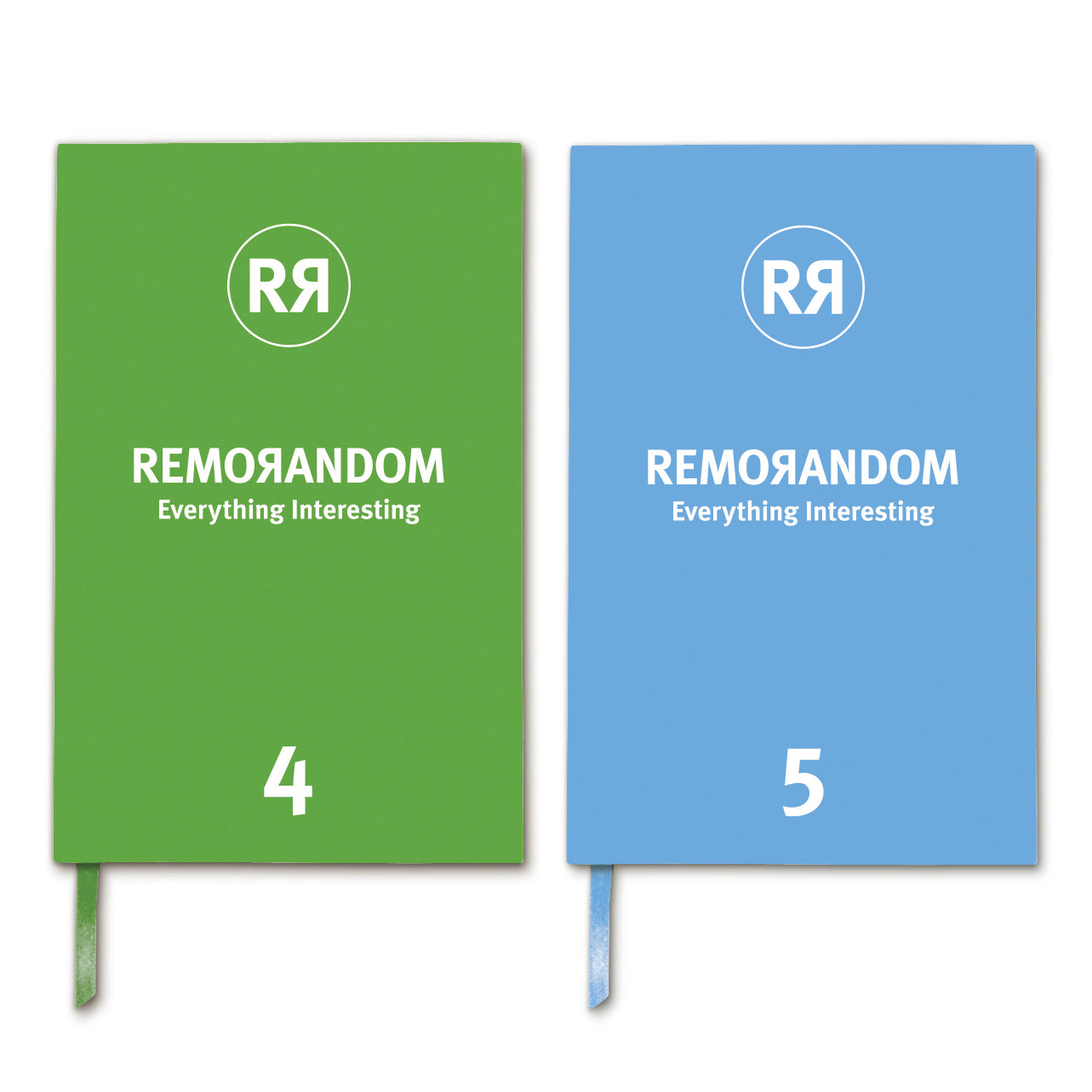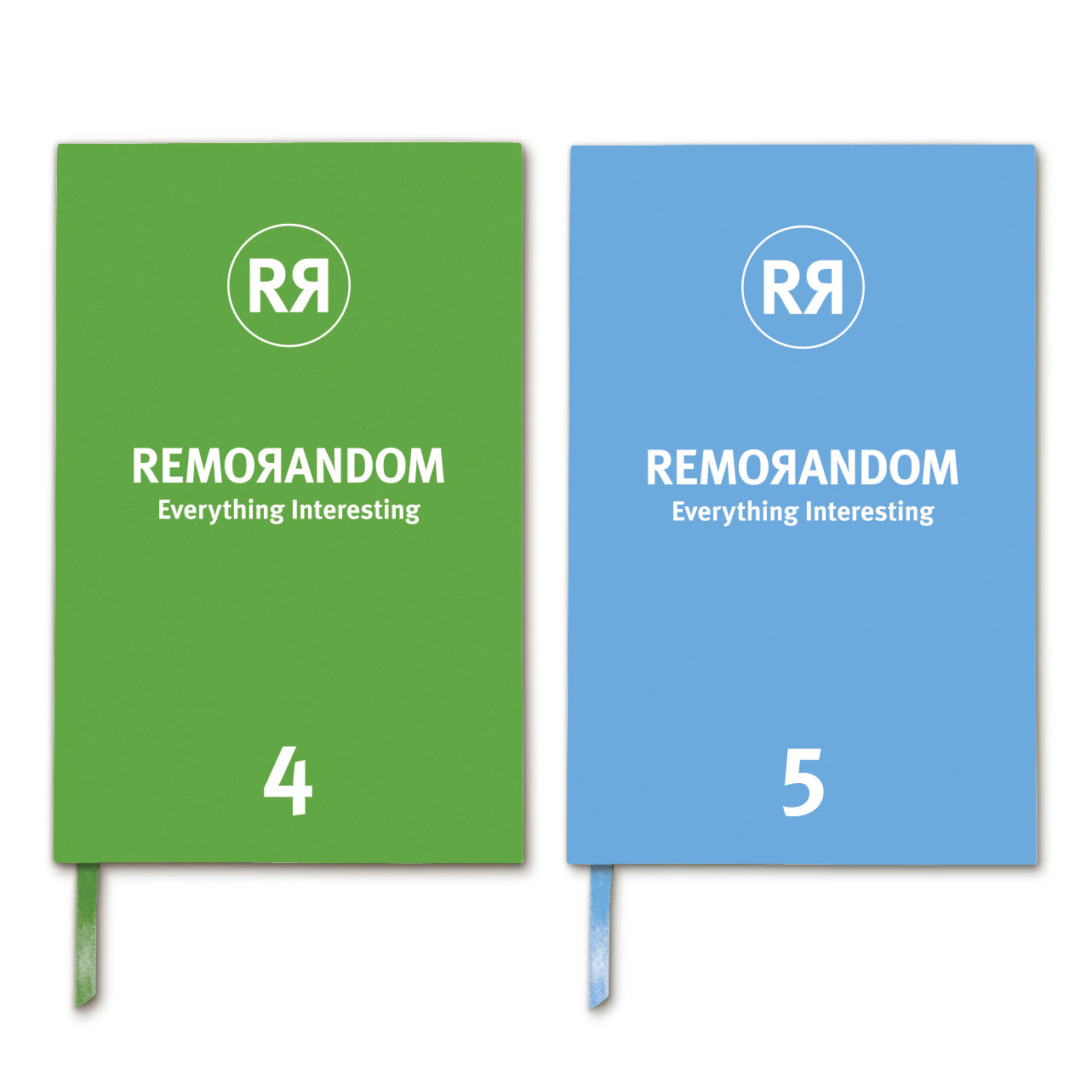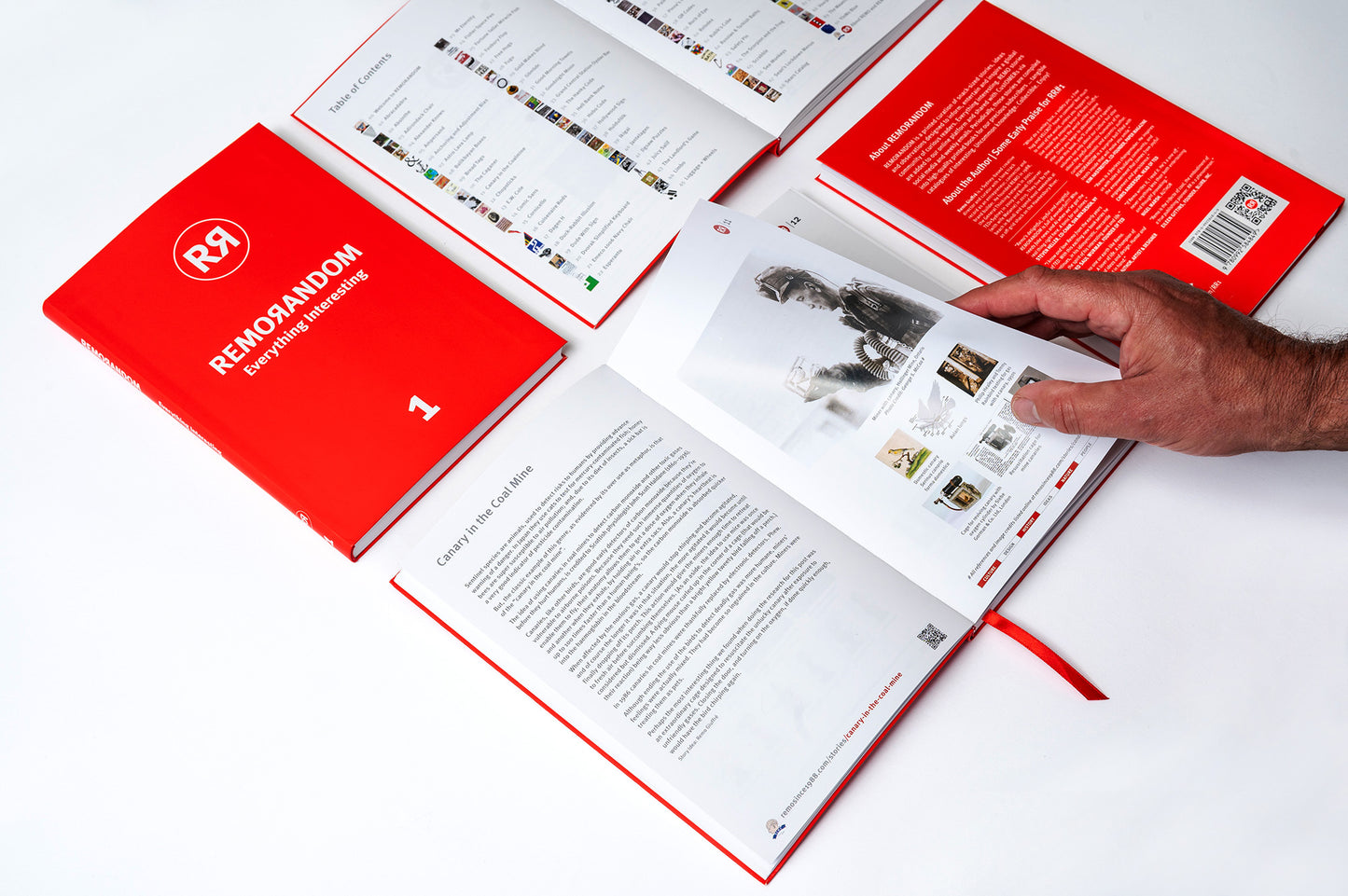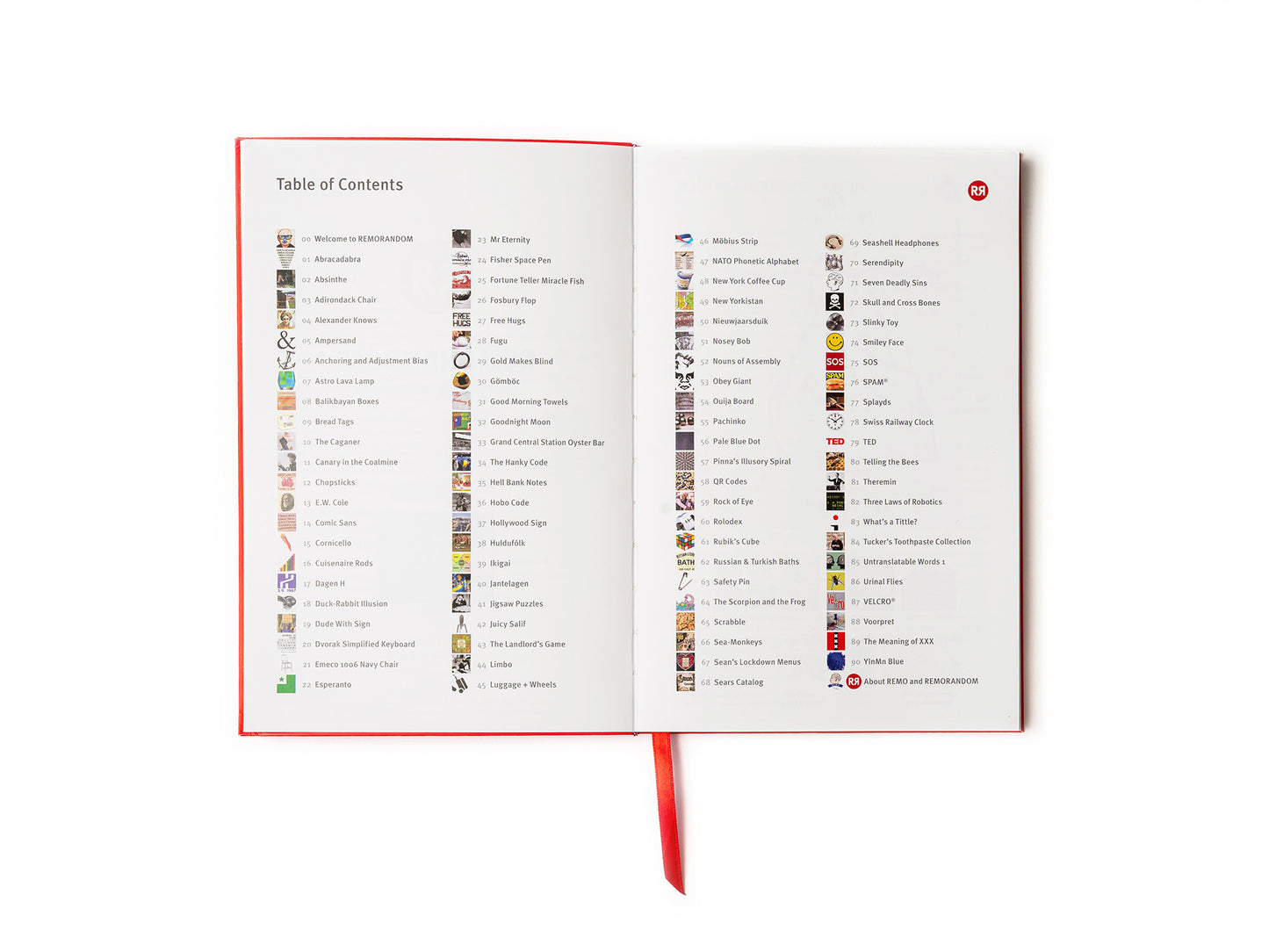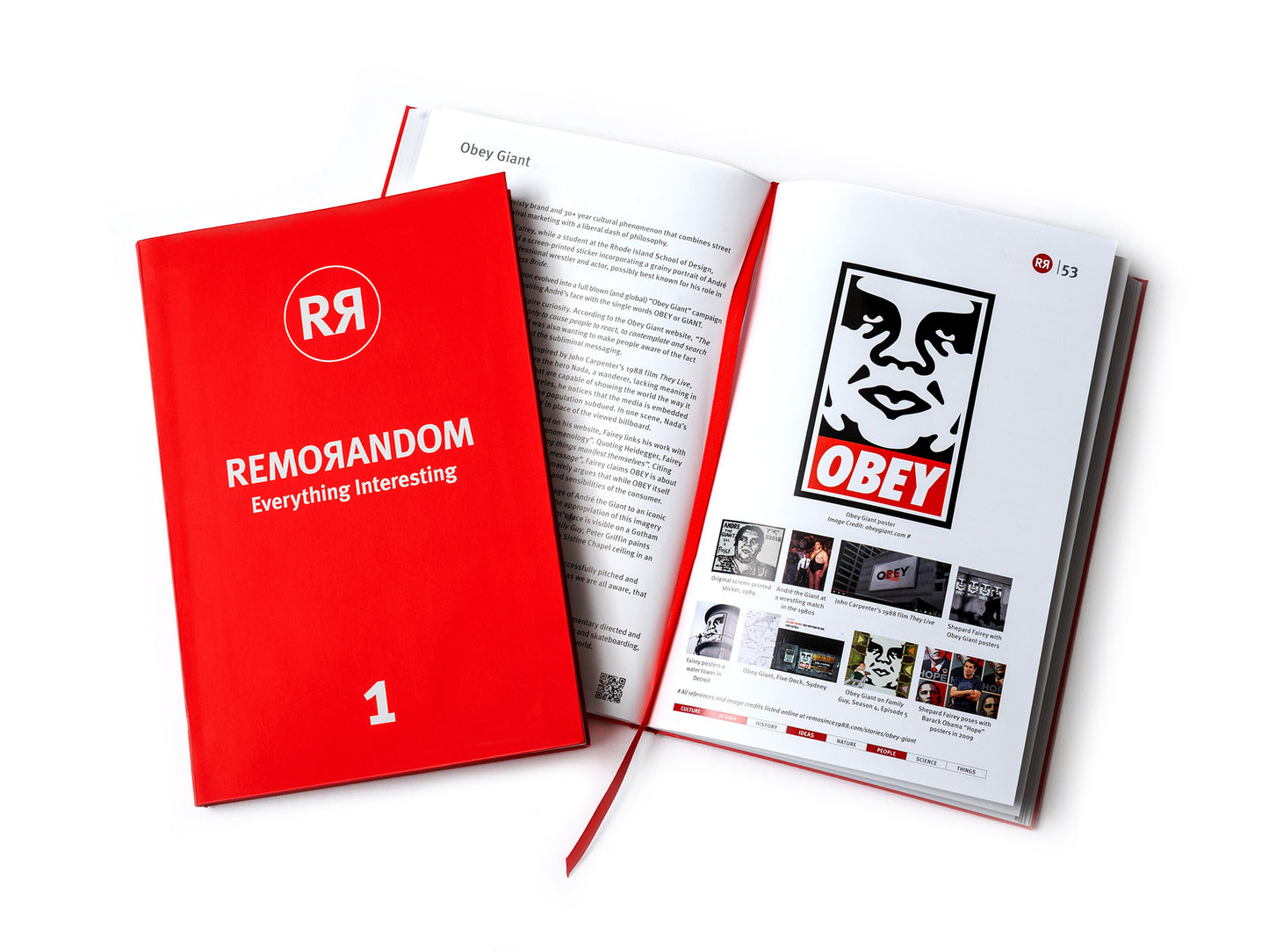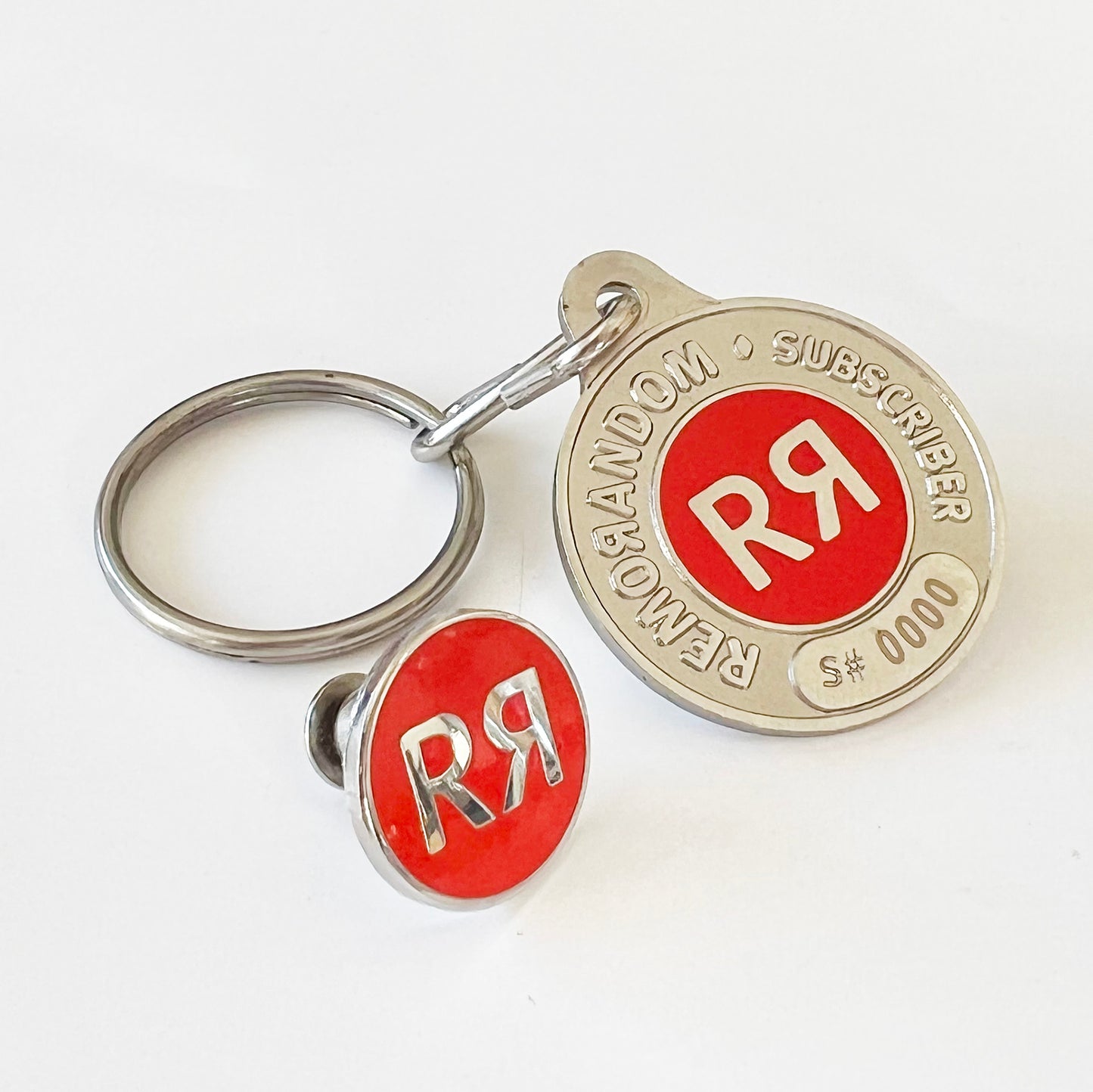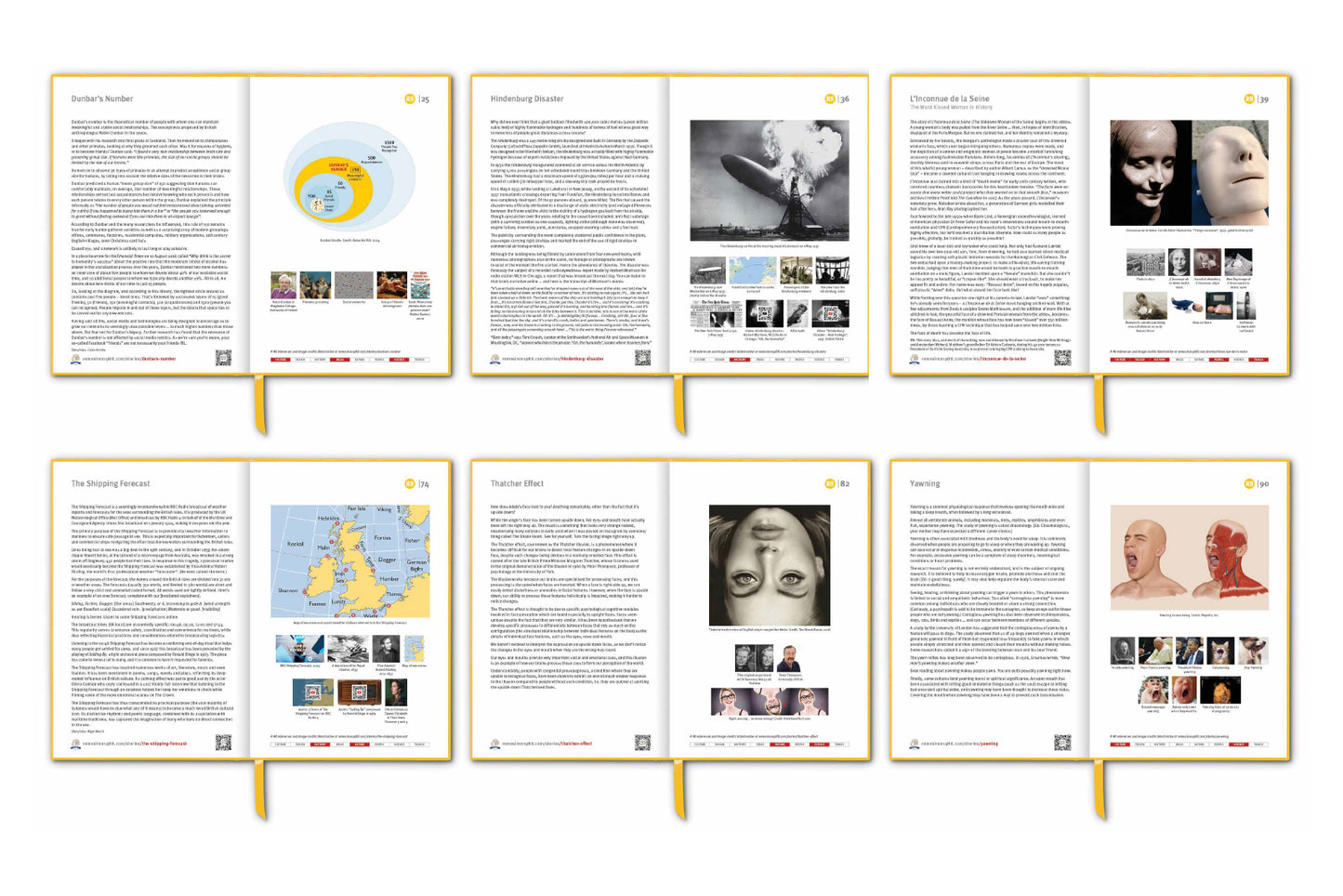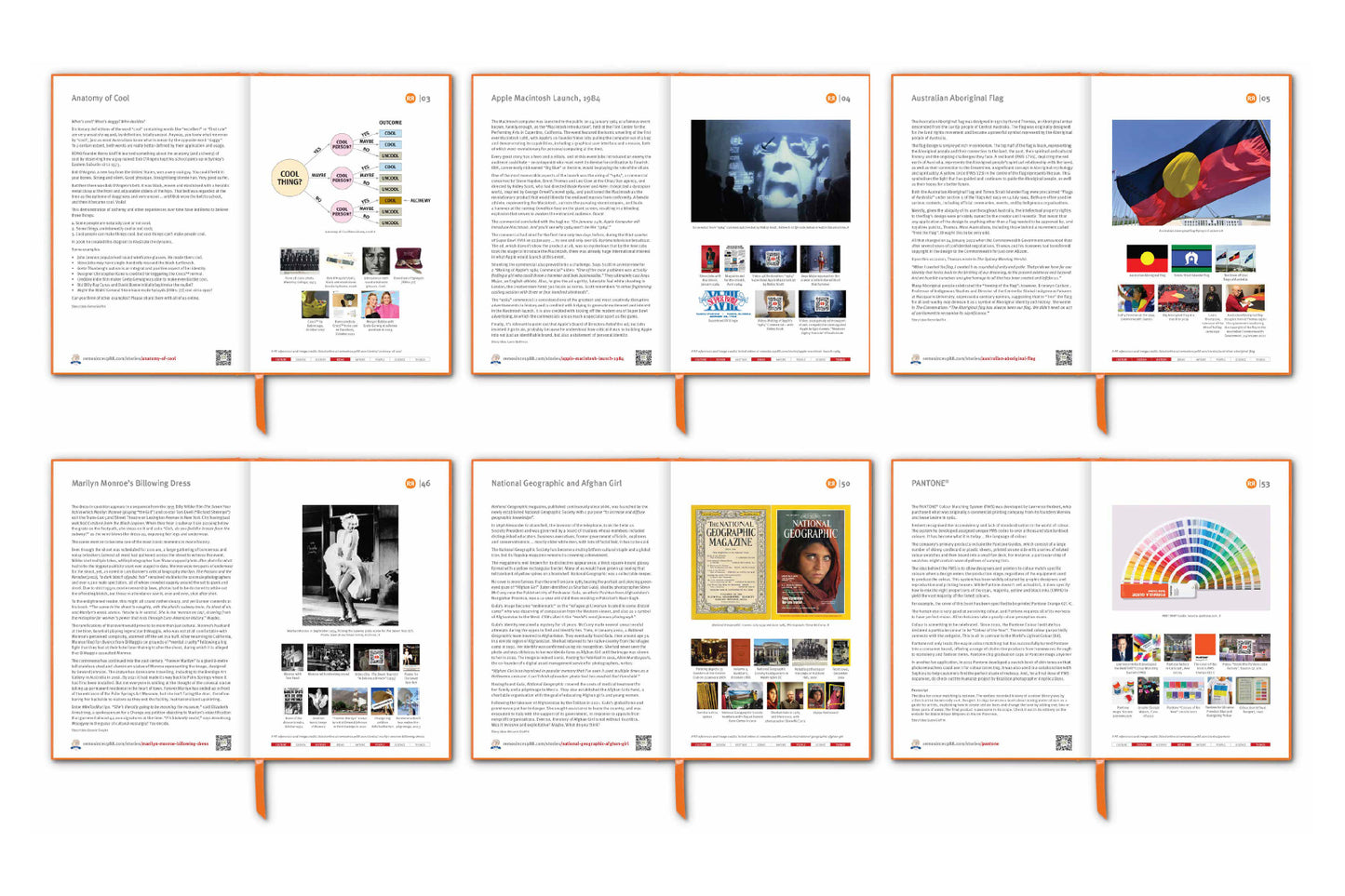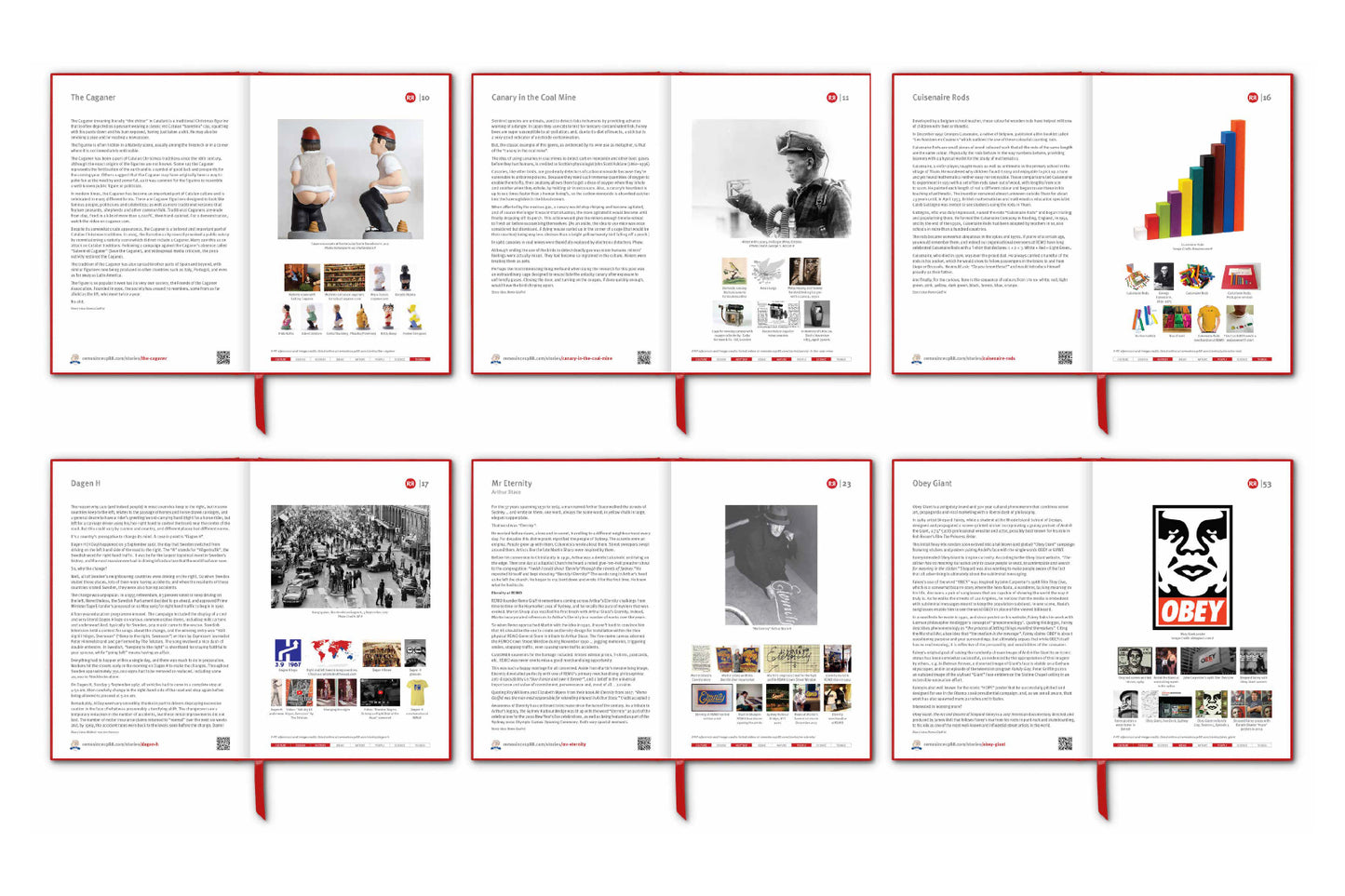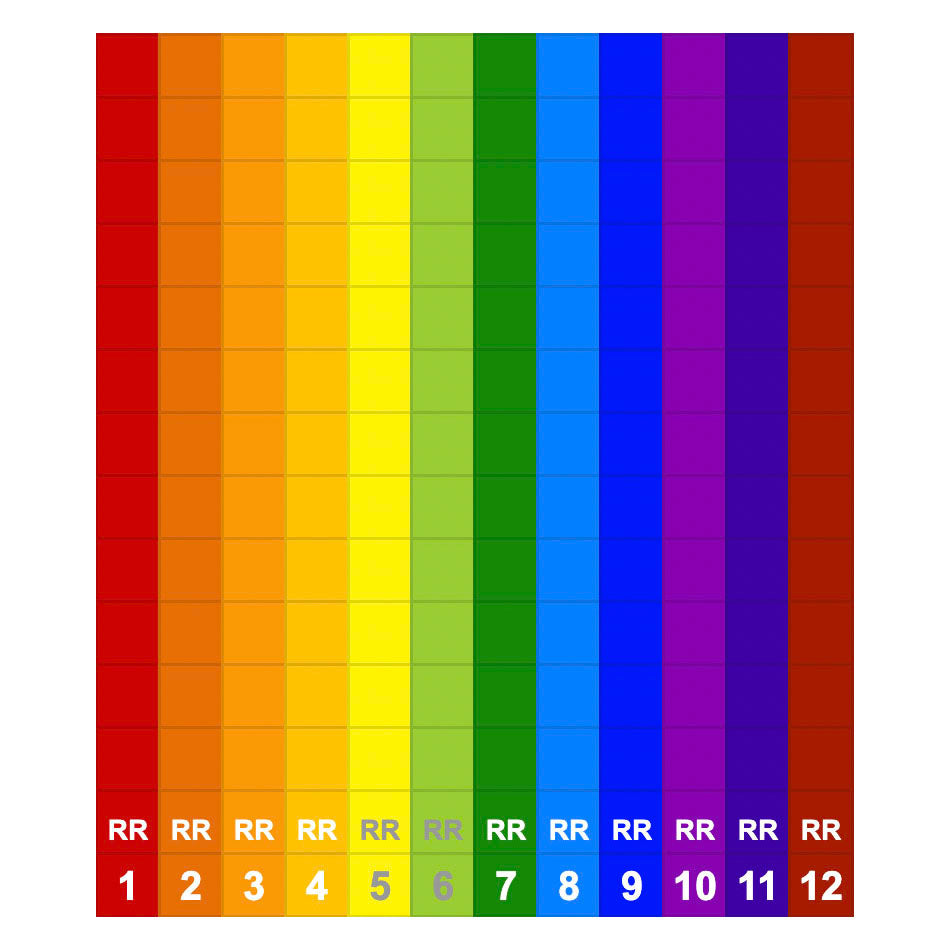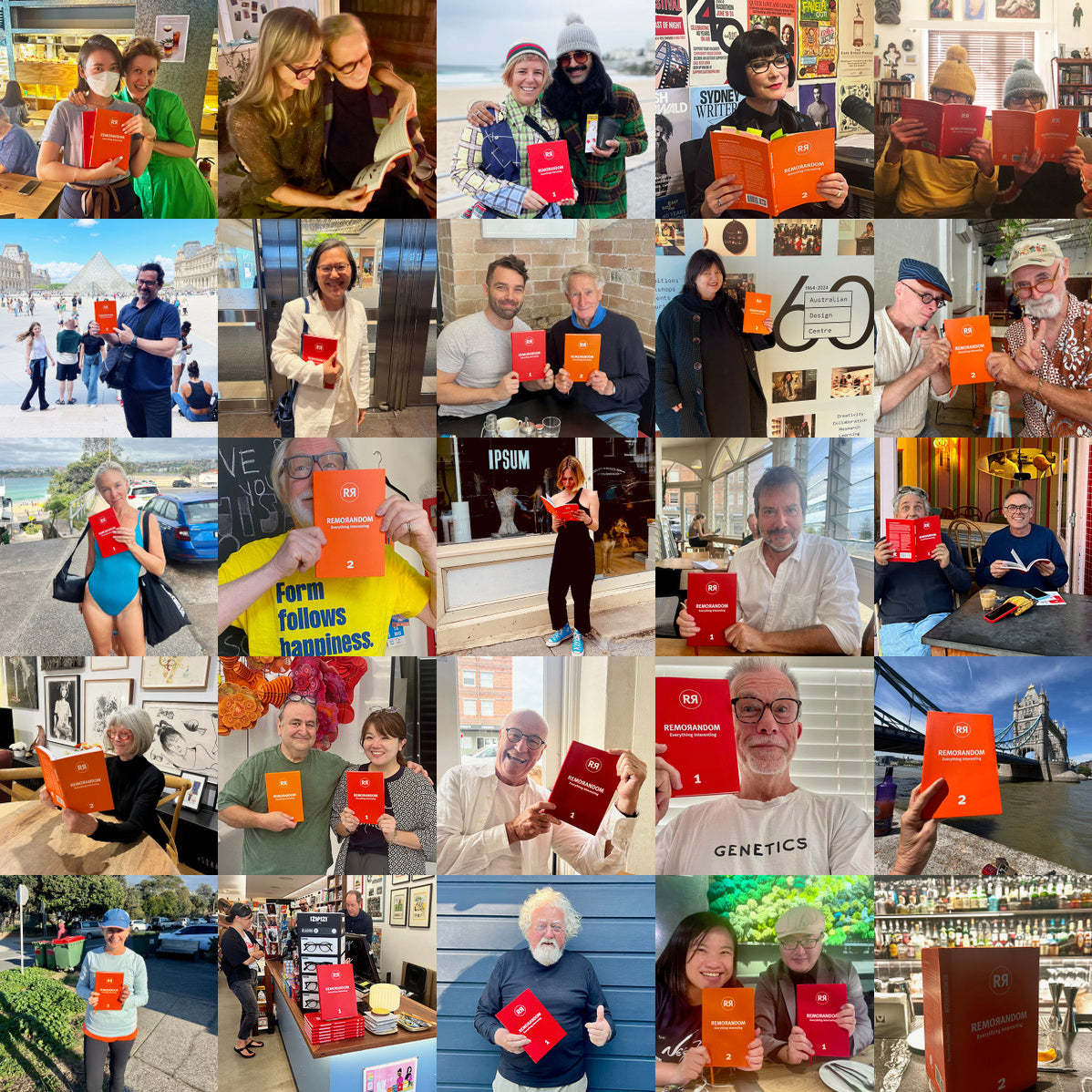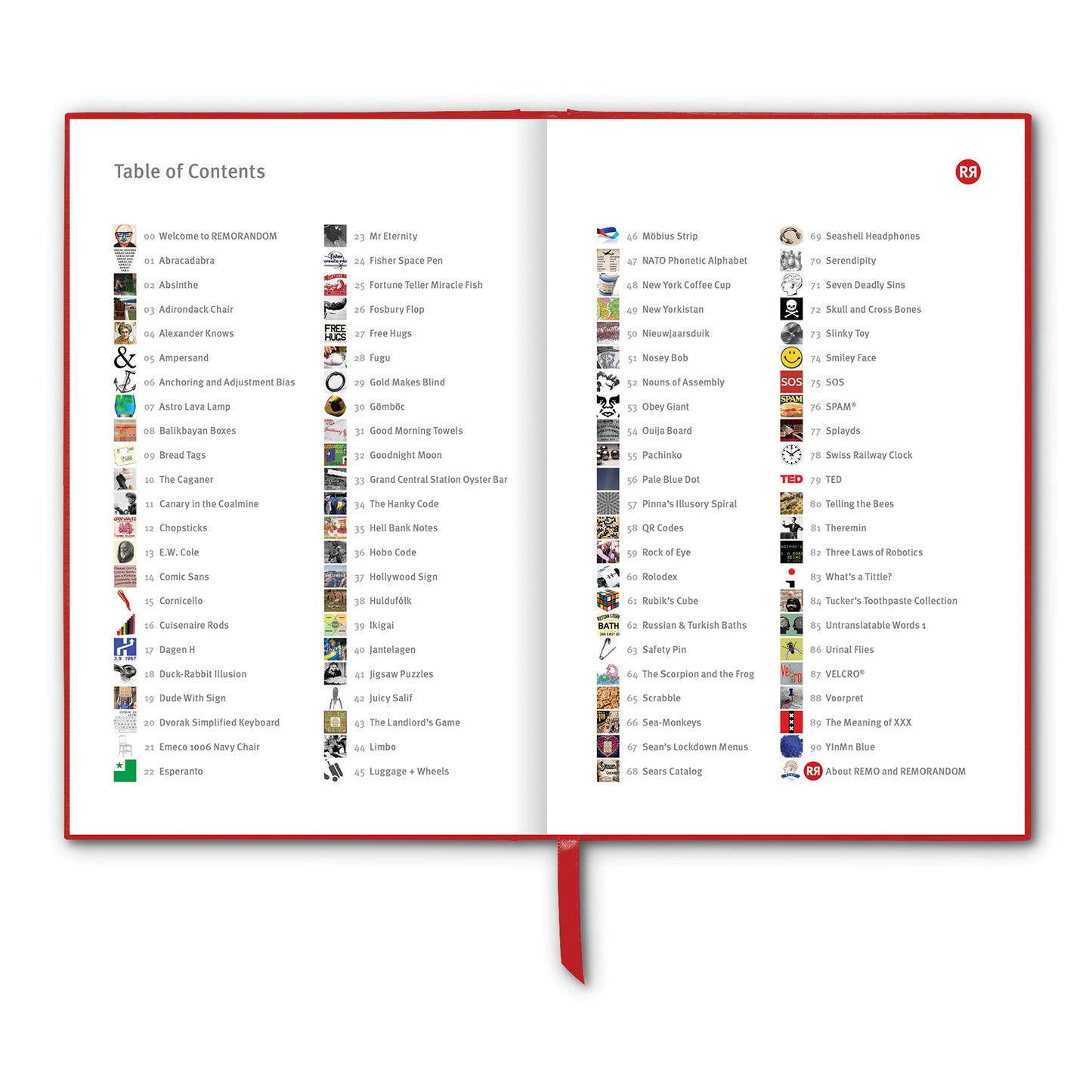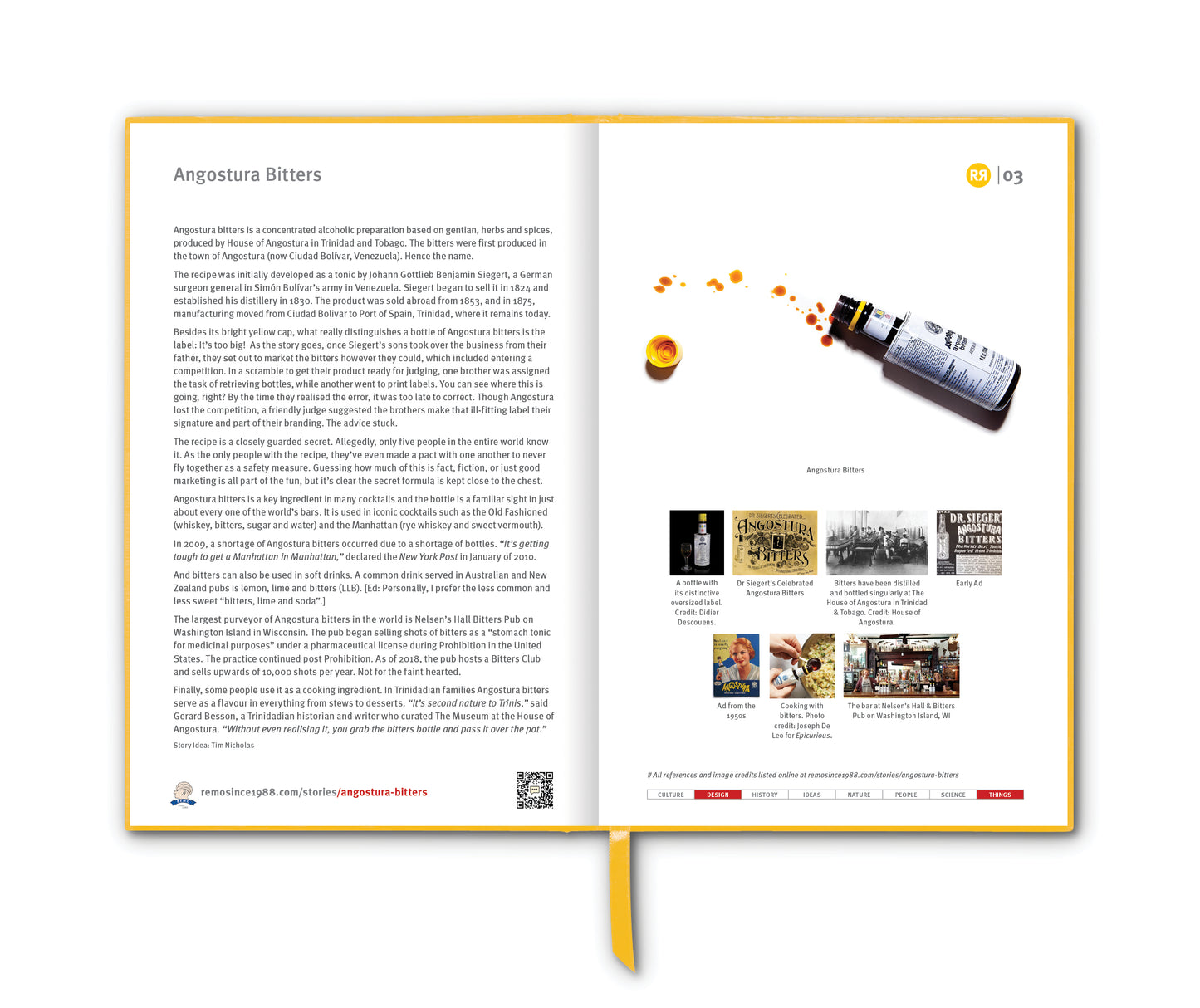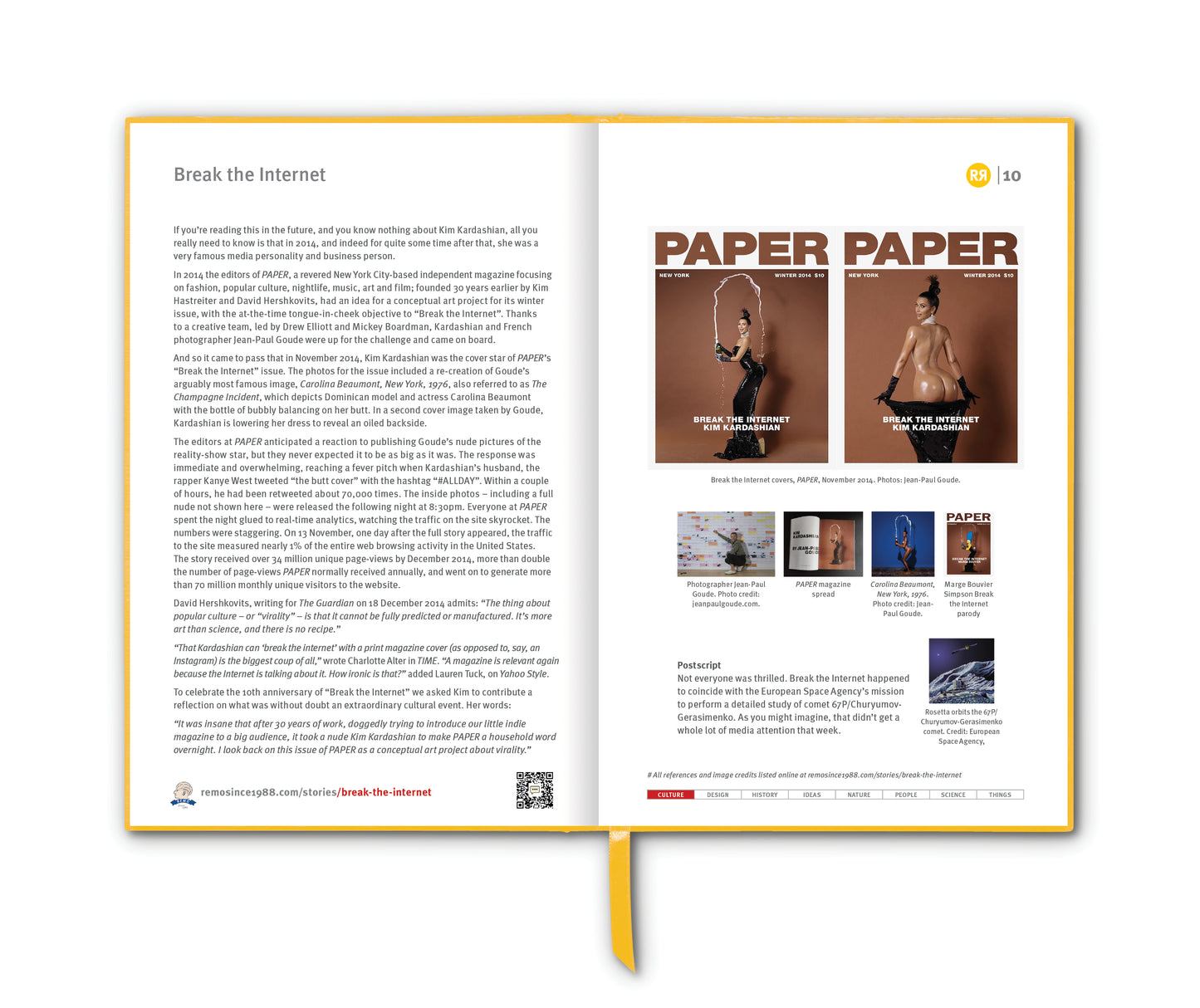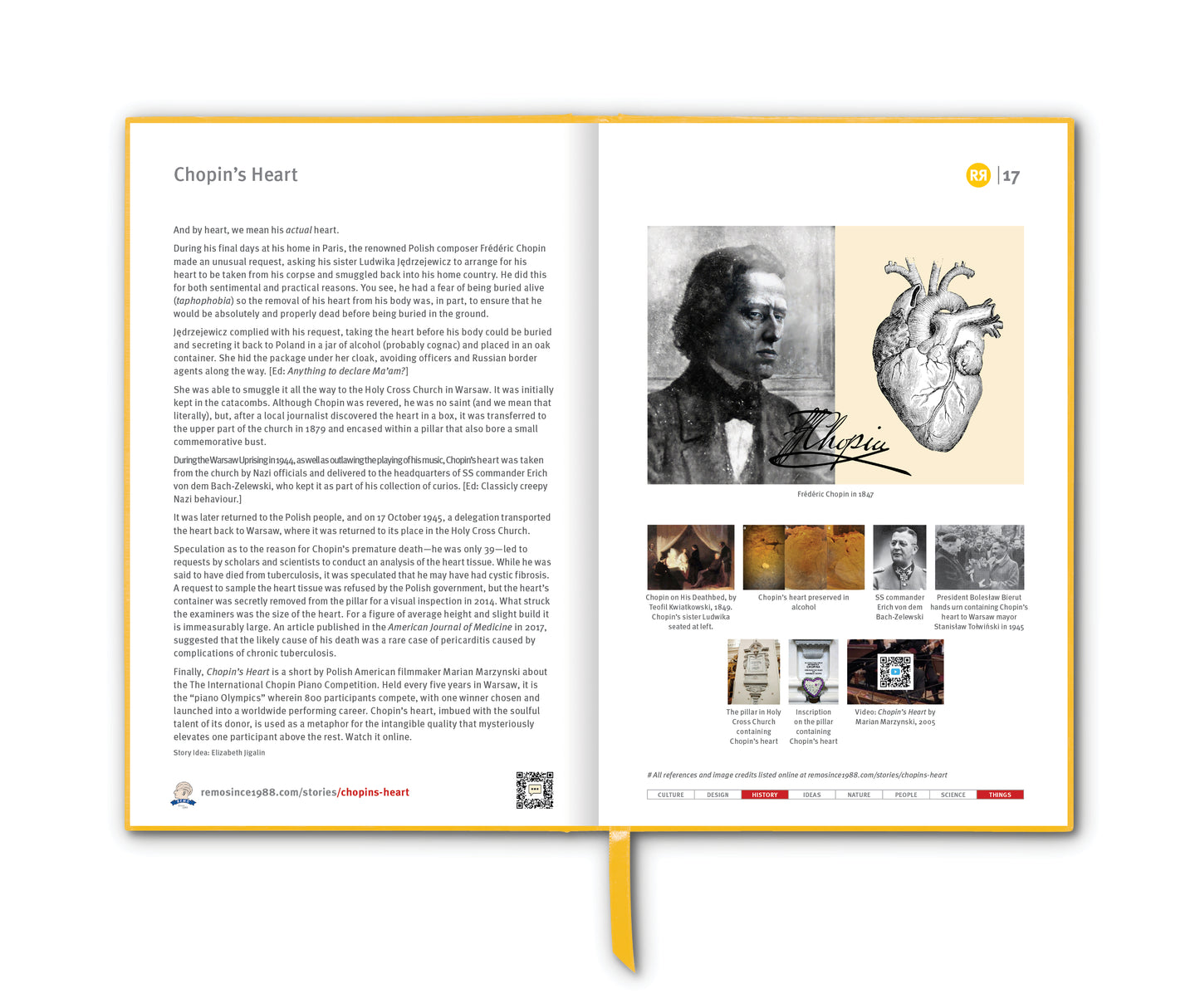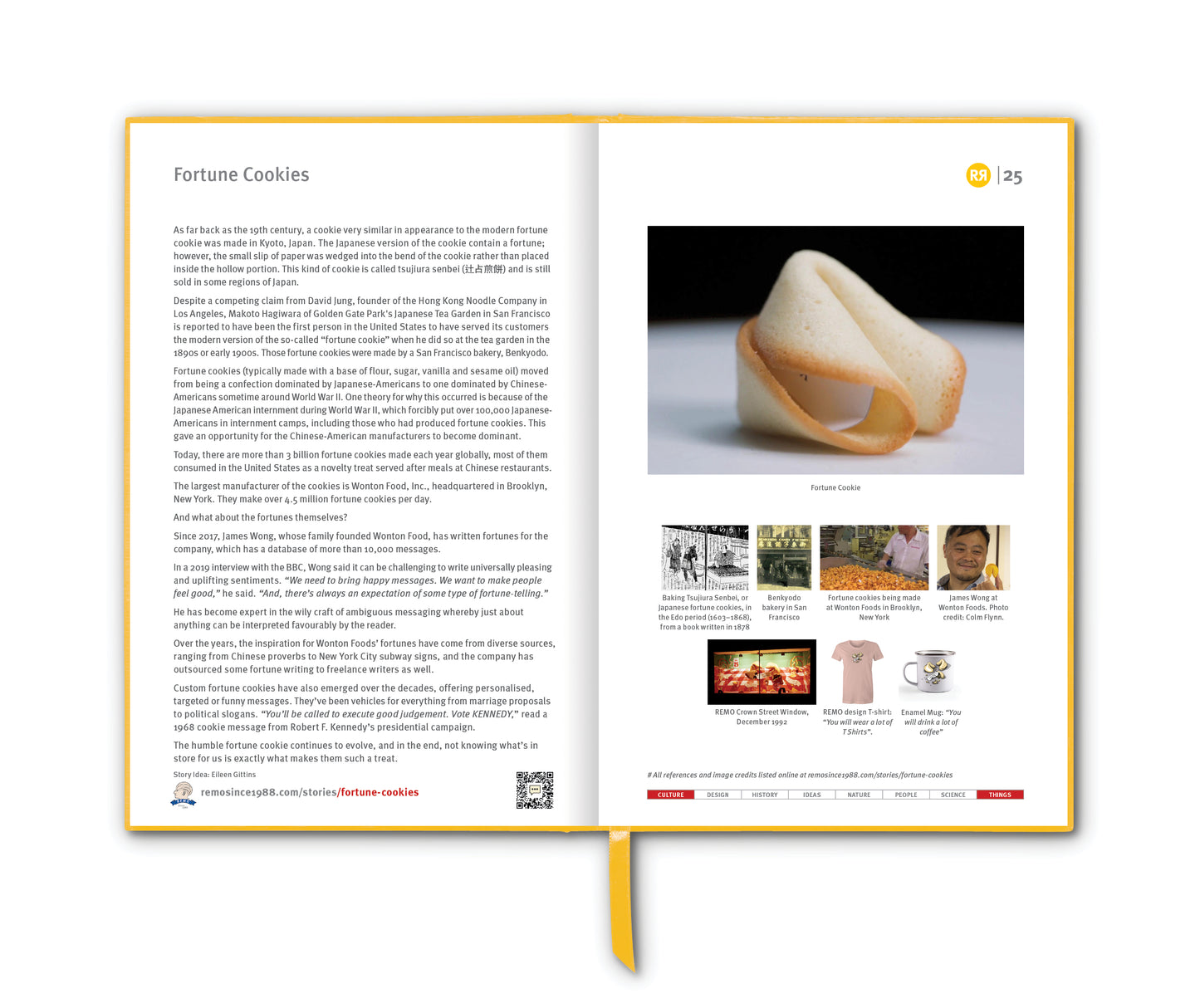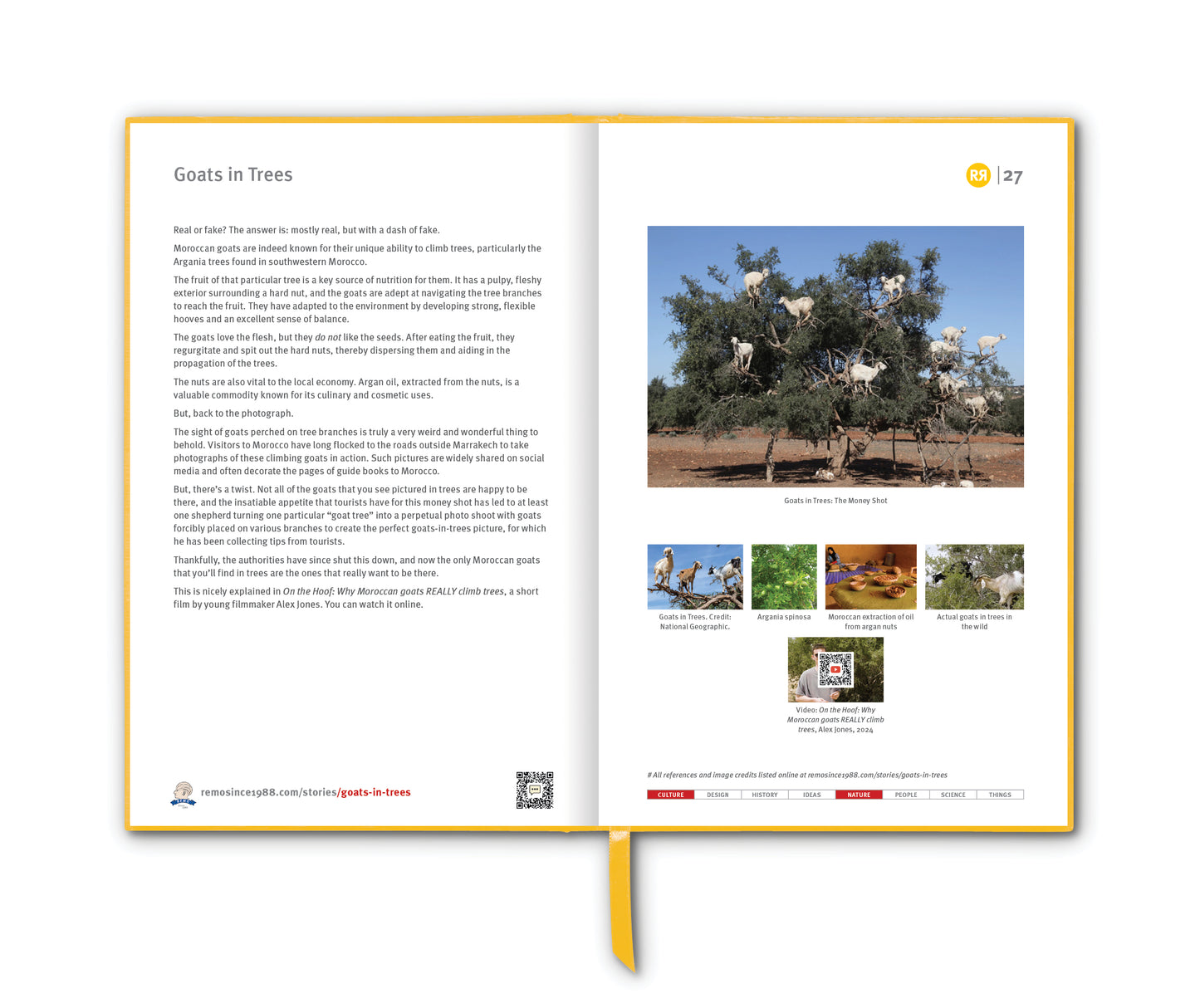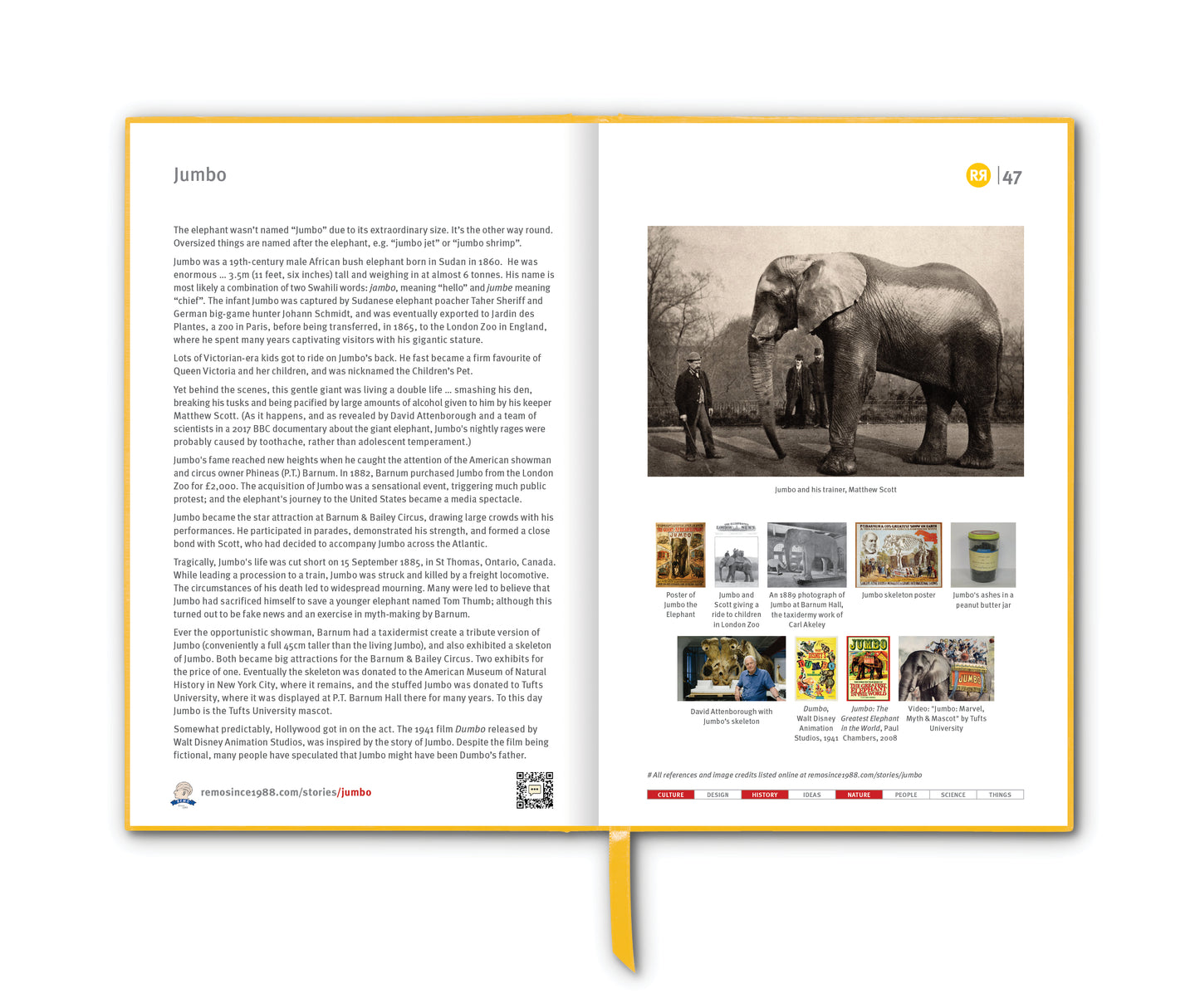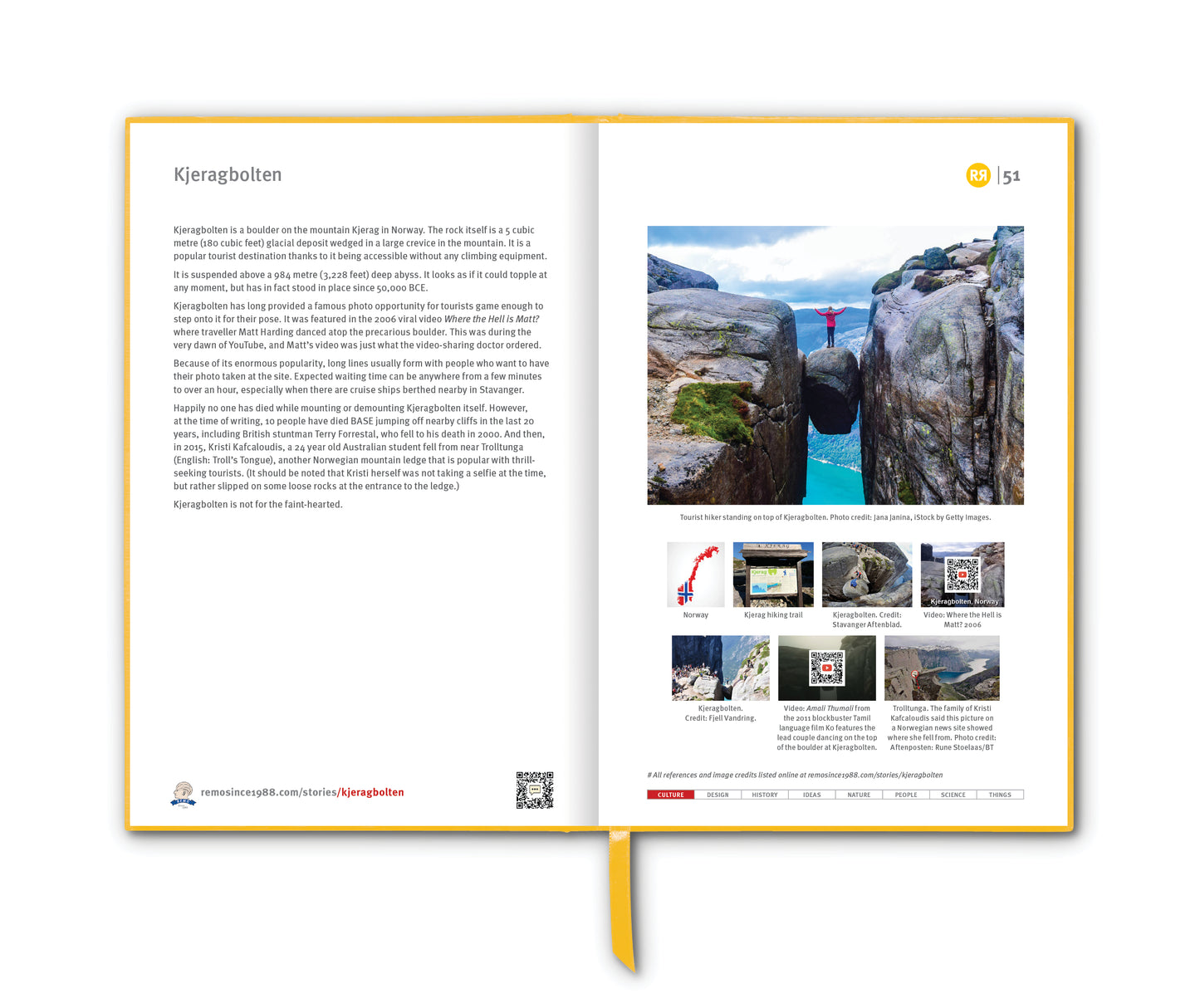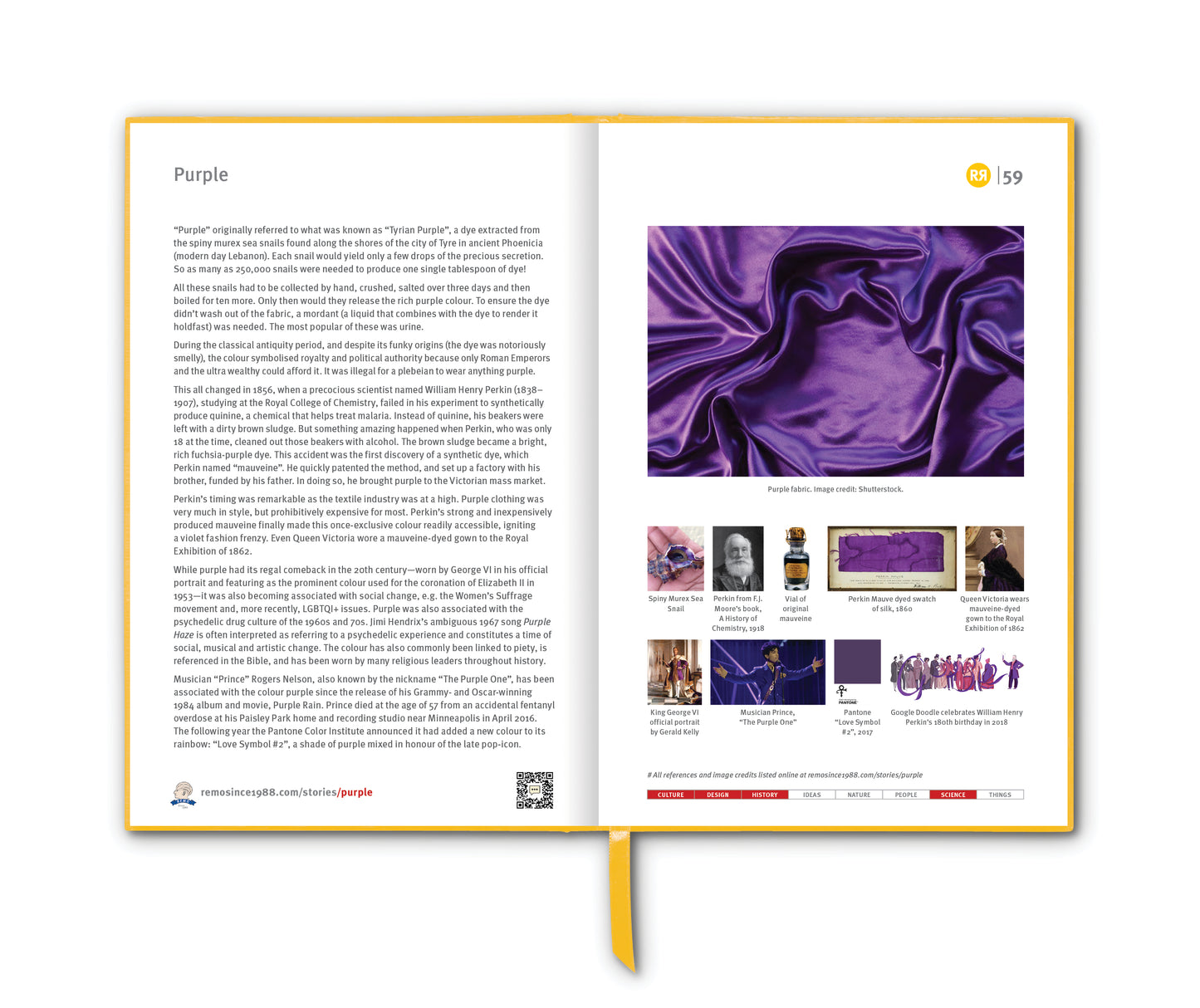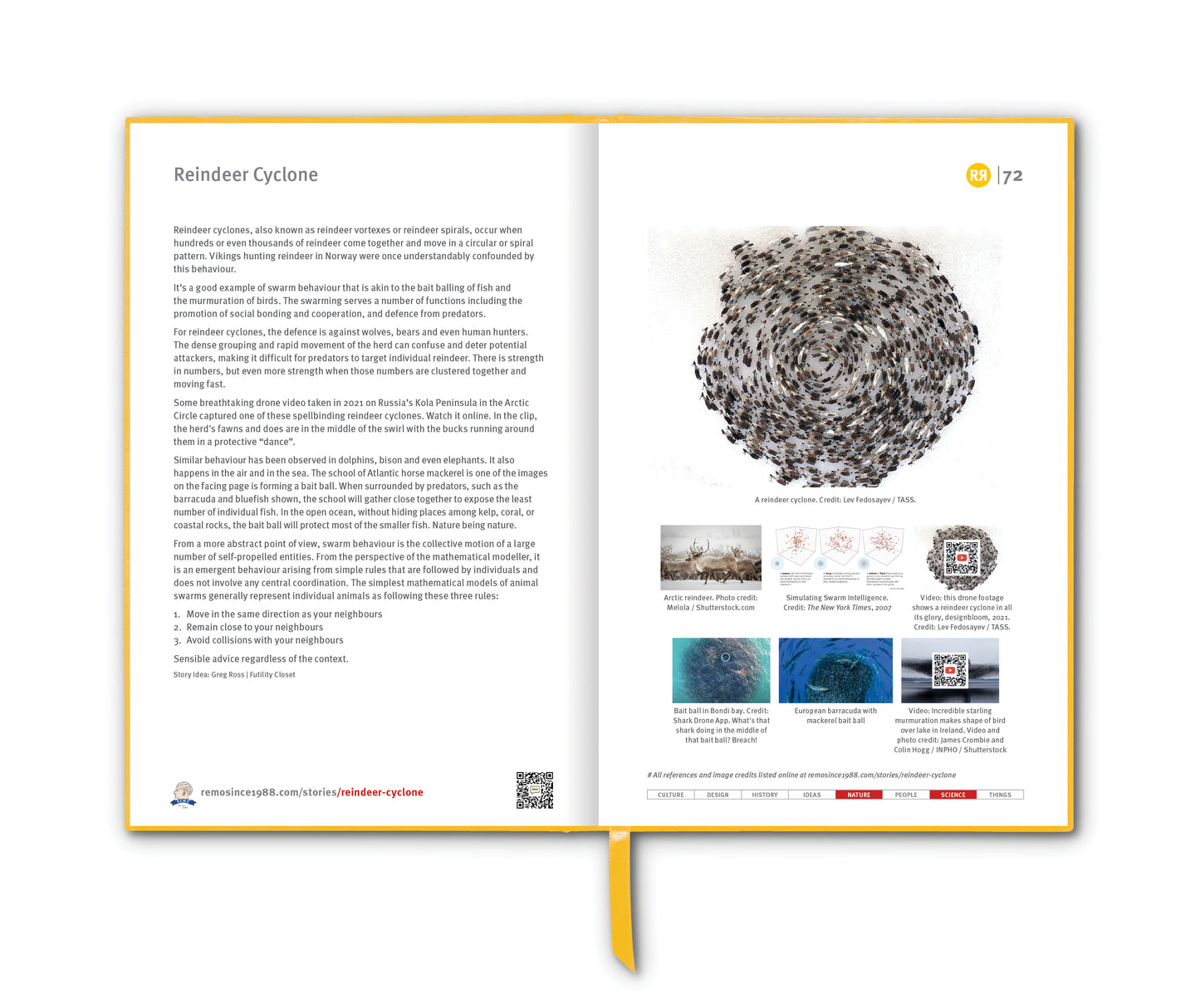Ambiguous images create ambiguity by exploiting graphic similarities and other properties of visual system interpretation between two or more distinct image forms. They are famous for inducing the phenomenon of multistable perception. Multistable perception is the occurrence of an image being able to provide multiple, although stable, perceptions.
One of the earliest examples of this type (featured in REMORANDOM #1) is the duck-rabbit illusion … first published in Fliegende Blätter, a German humour magazine. Other classic examples are the Rubin vase (using negative space to create ambiguous images: the vase or two opposing faces) and the "My Wife and My Mother-in-Law" drawing … the latter dating from a German postcard of 1888. An oldie but a goodie. Can you see both women?
We also like the Shepard elephant, also known as the impossible elephant. It is an optical illusion, of the “impossible object” type, based on what’s known as “figure-ground confusion”.
As its creator, cognitive scientist Roger Shepard, explains:
“The elephant…belongs to a class of objects that are truly impossible in that the object itself cannot be globally segregated from the non-object or background. Parts of the object (in this case the elephant’s legs) become the background, and vice versa.”
Shepard first published this optical paradox in his 1990 book Mind Sights giving it the name "L'egs-istential Quandary”. It is the first entry in his chapter on "Figure-ground impossibilities". The pen-and-ink drawing is based on a dream Shepard had in 1974, and on the pencil sketch he made when he woke up.
Al Seckel, who devotes Chapter 18 of his book Masters of Deception to Roger Shepard, draws a contrast between Shepard's elephant and the impossible trident (aka the "blivet" or "Devil's tuning fork"). Although an impossible trident has a closed edge, Seckel says the "conspicuous line discontinuity" of the elephant's tail is necessary to avoid a "counting paradox”. A blivet is an imaginary object, but everyone knows an elephant has exactly four legs and exactly four feet.
Story Idea: Remo Giuffré
________________________
References
wikipedia.org/wiki/Ambiguous_image
wikipedia.org/wiki/My_Wife_and_My_Mother-in-Law
Images
1. Shepherd elephant aka the impossible elephant. How many legs?
2. Duck-Rabbit Illusion
3. Rubin vase
4. "My Wife and My Mother-in-Law" by W. E. Hill, 1915
5. Roger Shepard (1929–2022). Image Credit: L.A. Cicero.
6. The impossible trident (aka the "blivet" or "Devil's tuning fork")
7. Horse or man?
8. Faces
9. Fish on plate or waving woman?
10. Horse or frog?



